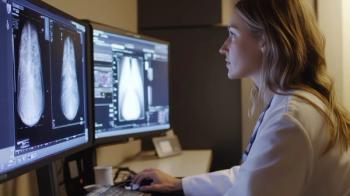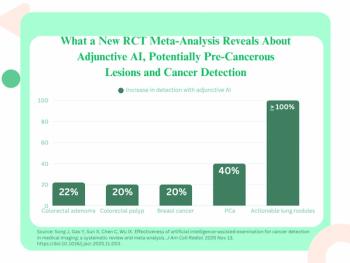
Virtual Radiologic seeks IT position with image management suite rollout
Virtual Radiologic, already a major player in the teleradiology field, aims to become a major player in the radiology IT space as well with the launch of a new suite of image management products.
Virtual Radiologic, already a major player in the teleradiology field, aims to become a major player in the radiology IT space as well with the launch of a new suite of image management products.
Virtual’s Enterprise Connect 3.0 represents the third generation of a radiology workflow system first introduced in 2006, company officials said. It includes a PACS, an image storage solution, a patented workflow and workload balancing solution, and mobile and Internet access to images and reports with an instant communication link to radiologists.
The July 1 launch was a “milestone date,” said Les Mann, vice president for sales and marketing. “We believe bringing this technology to the open market allows us to play a role that is transformative in how local radiology practices manage workflow and accessibility and improve patient care.”
A selling point is that the technology is cloud-based: It is accessible via the Internet and allows you to pay as you go with no capital-intensive hardware investments, Mann said. Instead, the system is software-based and charges depend on volume.
“It’s dramatically different from the limited technology we deployed in 2006 and 2007,” Mann said. “Now we’re much more than a teleradiology provider. We have enabling technologies that allow local radiologists to be as efficient as ours.”
Virtual’s radiologists are reading not only faster, but more productively, Mann said. When the next study is cued up and ready to go, the process goes faster and studies are not lost. Better coordination saves time moving radiologists between facilities. Automated critical finding alerts save time on the telephone tracking down referring clinicians.
Earlier versions were targeted mainly to radiologists, but with version 3.0 Virtual hopes to expand into hospitals and health systems, said Chris Massoll, director of product development. Hospitals can benefit from Enterprise Connect’s core PACS functionality, and health systems can benefit from its ability to unify workloads and offload nonclinical tasks.
One feature the company is highlighting is an application for referring physicians. Clinicians with an iPhone, an iTouch, or an iPad can load in a button that allows them to instantly contact the local or Virtual radiologist for discussions or to view reports, critical findings, or key images.
“We believe it’s a game changer in trying to bridge the gap between radiologists and ordering doctors,” Massoll said.
Newsletter
Stay at the forefront of radiology with the Diagnostic Imaging newsletter, delivering the latest news, clinical insights, and imaging advancements for today’s radiologists.




























